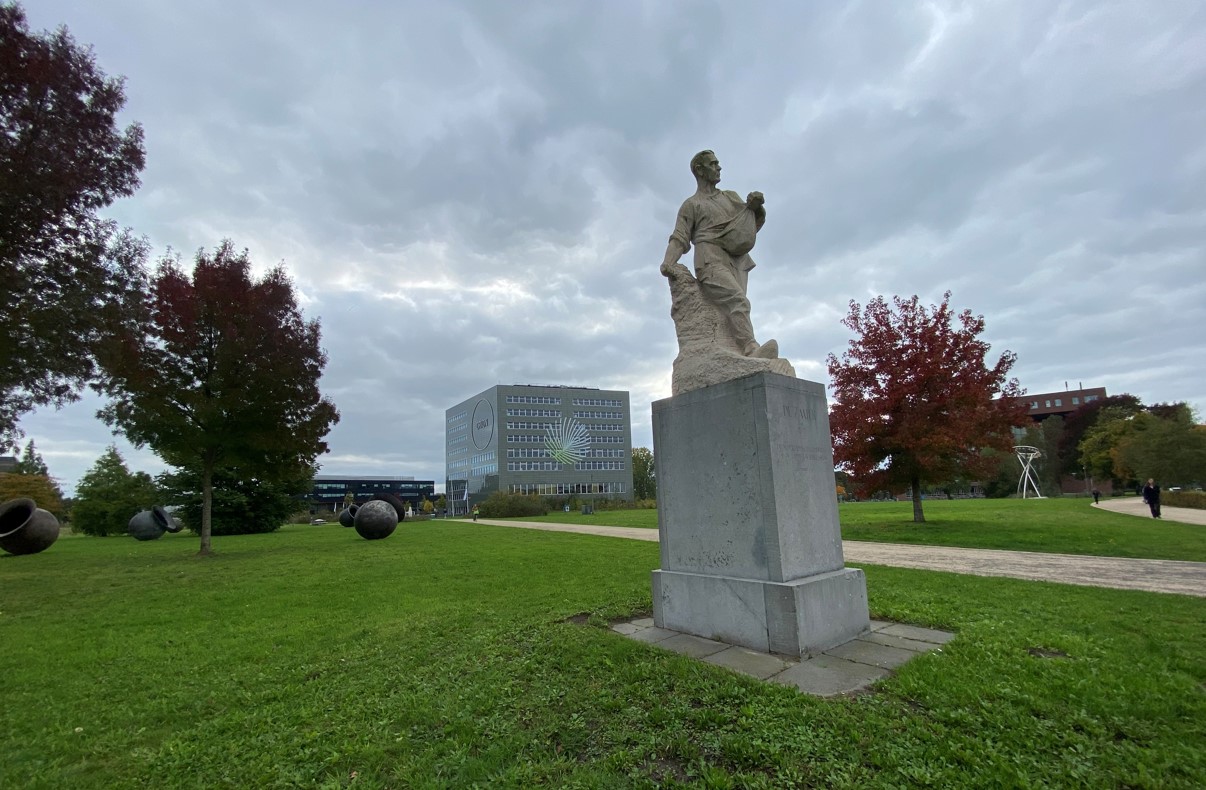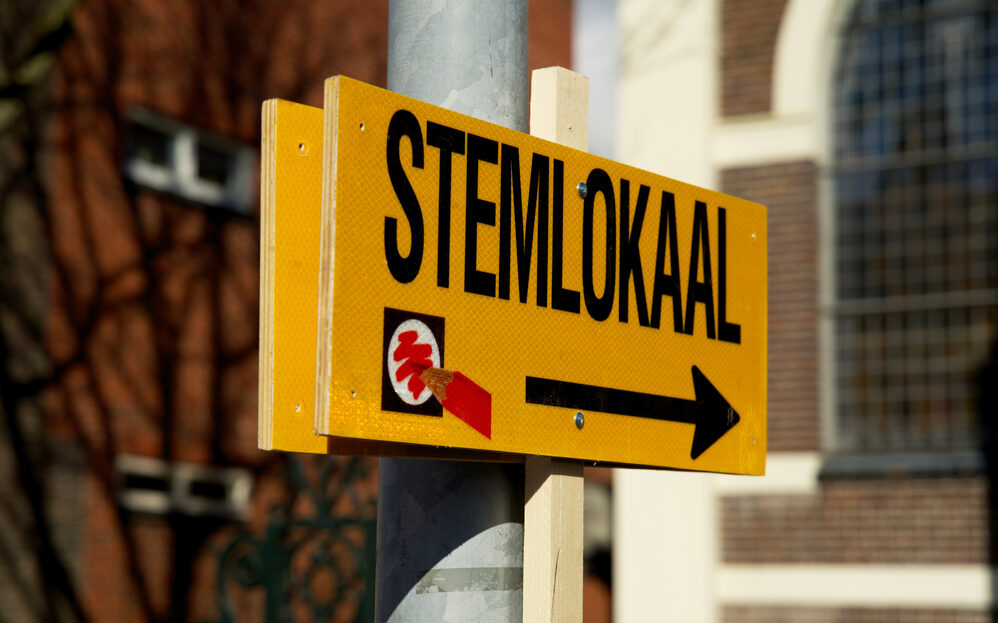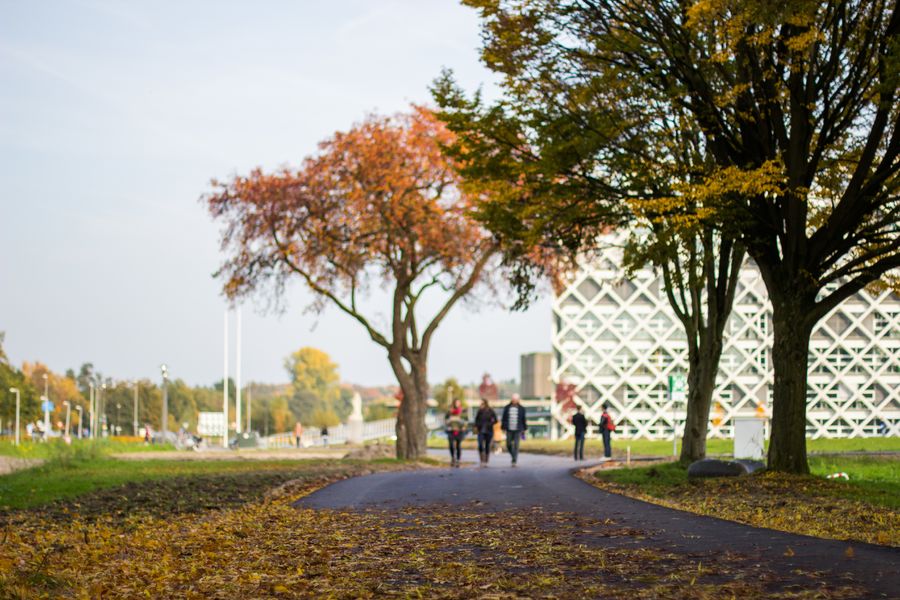An economic analysis of this election cycle’s party manifestos shows that D66, GroenLinks-PvdA and Volt intend to increase spending on education and research by billions, whereas the VVD wants even greater budget cuts.
This is the twelfth time that the Netherlands Bureau for Economic Policy Analysis (CPB) has calculated the costs of election promises made by political parties. The ten participating parties also had to explain how they plan to pay for their proposals. Though not all parties take part in this tradition. This includes the PVV and PvdD, and the SP has also declined to participate since the previous election.
The outgoing government has already slashed the education budget. According to the CPB’s analysis, the VVD is the only party that wants to tighten the purse strings even further, suggesting an additional reduction of 1.5 billion euros. BBB is seeking to cut an extra 300 million euros. Other parties’ manifestos include more modest cuts. The CDA, SGP and ChristenUnie want to increase the budget by hundreds of millions of euros, as does NSC, which is slightly more generous than the Christian parties.
Reversing budget cuts
D66 in particular wants to earmark much higher amounts for education and research. The party promises to spend 5.1 billion euros to reverse the current cuts. This would be on top of spending on innovation in healthcare and industry incentives. GroenLinks-PvdA and Volt have similar plans, allocating three billion euros to the sector. Of the right-wing parties, JA21 is the biggest champion of science and education, carving out an extra 1.9 billion euros for academia. It is not always easy to determine exactly how much funding higher education institutions would receive, for instance because some parties want to increase the budget for the entire education sector, which also includes primary and secondary schools.
The VVD wants to collect a ‘slow-progress fee’ from higher education institutions. This penalty for students who take too long to graduate would save 600 million euros. The party also wants to set aside 200 million euros to pay for ‘graduation bonuses’ for students who complete their programme on schedule. Meanwhile, the ChristenUnie wants to spend 600 million euros more on higher education and research, while also proposing a reduction in the budget for the ‘basic skills master plan’ in primary and secondary education. The party believes that this master plan is only needed for underperforming schools.
The CDA’s plans for higher education have a net zero effect on the budget. Although the party intends to increase spending on the Research and Science Fund by 300 million euros, it is also proposing budget cuts totalling the same amount. This would involve capping international enrolments and introducing ‘capacity-based funding’, which seems to be a euphemism for reducing the number of funded study places at higher education institutions.
The basic student grant is also included in the education budget. D66 and GroenLinks-PvdA are earmarking an extra 600 million euros for this scheme, whereas the SGP wants to phase out support for children from high-income families. This would save 200 million euros, which the party plans to use to raise the supplementary grant. Volt, on the other hand, wants to abolish the basic student grant for students living at home while increasing it for those who live independently. This would involve a budget shift of 500 million euros.
Human capital
Compared with previous editions, the CPB’s latest analysis has a stronger focus on the longer term. In the past, the agency’s modellers have been criticised for placing too much emphasis on short-term consequences. Previous analyses did not account for the return on investment from spending on things like education and infrastructure. Although this problem has not been fully resolved – after all, it’s impossible to know exactly how a specific budget allocation will impact the bottom line – the report also considers the effects of ‘human capital’ development through education.
This is visualised with up and down arrows. Only the VVD has a down arrow, and four parties have an up arrow: GroenLinks-PvdA, D66, Volt and JA21.

Reactions
The value of education and science cannot simply be determined with a calculator, according to criticism by science academy KNAW of the calculations made by the CPB on election programmes. At the request of the cabinet, a KNAW committee issued advice in 2023, which was taken into account.
‘It was a bit odd,’ says committee chair Mirjam van Praag, professor of Entrepreneurship and Leadership at Vrije Universiteit Amsterdam. ‘Economists have known for decades that education yields positive returns for society and for individuals. But the CPB did not show that, which in turn led to underinvestment by political parties. The new approach with arrows has partly remedied that.’ The long-term perspective now plays a role in the calculation, she explains. And the CPB has also abandoned the idea that all measures should fit into the same calculation model. Some things cannot be calculated precisely, but they can be represented.
Caspar van de Berg, chair of the UNL, the university association, is enthusiastic. ‘It is a big step forward that voters can now also see the consequences of political parties’ choices for education and innovation’, he says in a press release. ‘A strong knowledge society is essential to maintain our wealth, security and health.’
The national student union LSVb is also pleased with the new approach and sees that most parties want to spend extra money on education. ‘The calculations show that this will create a better foundation in the Netherlands’, says chair Maaike Krom. ‘Finally, it is becoming clear that education is not a burden, but a benefit to society.’ The LSVb is calling on students to vote en masse. Krom: ‘We can now prevent students and educational institutions from facing even greater problems in four years” time. Now more than ever, we have the opportunity to make a choice in this regard.’
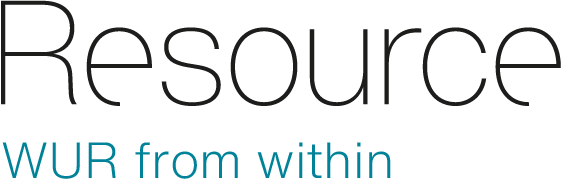
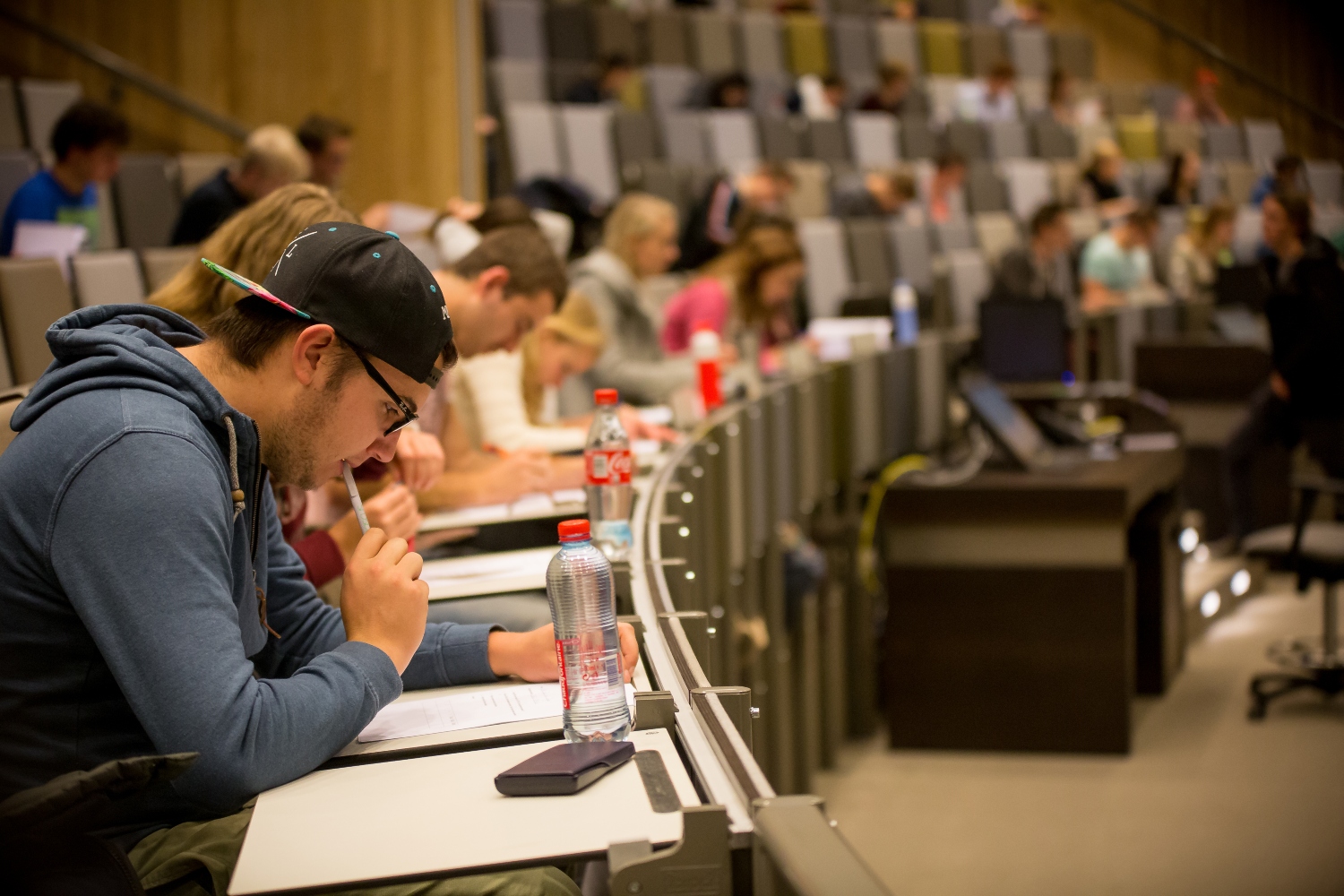 Photo Sven Menschel
Photo Sven Menschel 